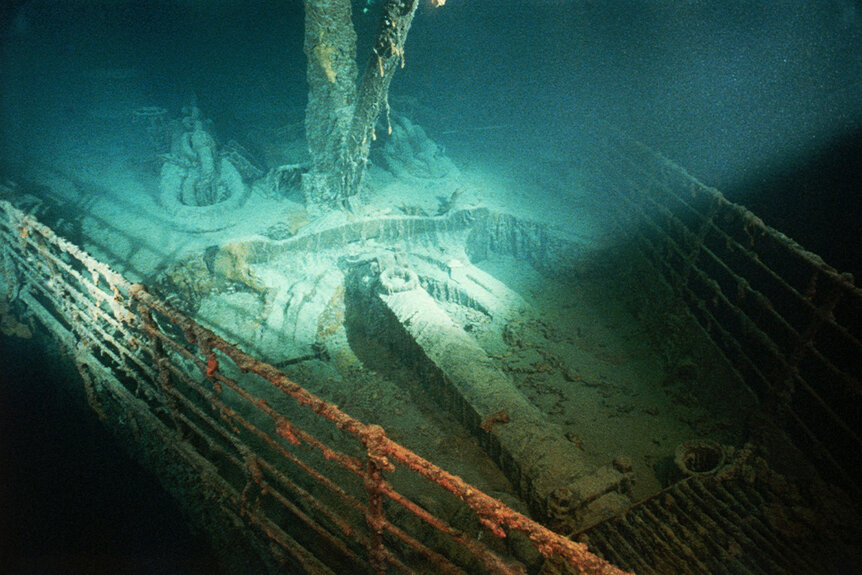Create a free profile to get unlimited access to exclusive videos, sweepstakes, and more!
Scientists Pulled a New Type of Virus from the Deepest Spot in the Ocean
Kind of feels like we're looking for trouble.
John Carpenter’s 1982 science-fiction-horror classic The Thing (streaming now on Peacock) follows a group of scientists and explorers in one of Earth’s harshest environments. They stumble upon a new form of life, previously buried but now brought to the surface, and things turn famously disastrous.
Now, scientists in the real world have uncovered a never-before-seen kind of virus from one of the deepest parts of the ocean. The discovery could open up further discoveries about Earth’s deepest ecosystems and how they impact the rest of the global environment. Even better, scientists promise the novel virus can’t infect people.
Scientists Discover a New Virus Living 9 Kilometers Underwater
It is a common refrain that we know more about the Moon than we do about the oceans. That’s a hard sell considering that billions of people have been to the ocean while only a select few have been to the Moon. Still, there are parts of the oceans that are significantly understudied. In particular, the ocean’s hadal zone — the deepest parts of the oceans, inside deep sea trenches — are as shrouded in mystery as they are in darkness.
RELATED: Melting Permafrost Could Unleash Time Traveling Pathogens
Understanding the goings on in the hadal zone could reveal important information about the overarching global ecosystem. Prior to the new study, the deepest anyone had ever found a virus was 8,636 meters. The new study, published in the journal Microbiology Spectrum pushes the record to 8,900 meters (5.53 miles).
There, researchers dredged up sediment from the Mariana Trench and isolated a new virus dubbed vB-HmeY_H4907. At those depths, the virus and anything it infects, must be able to tolerate incredibly cold temperatures, a complete lack of sunlight, crushing pressure, and minimal nutrients.
Analysis of the virus revealed that it infects Halomonas, a salt-tolerant bacteria common all over the world’s oceans. One famous example is Halomonas titanicae, named for the ill-fated Titanic shipwreck where it was discovered. H. titanicae feeds on the rust forming on the ship. Over time, H. titanicae and other bacterial species will consume the ship until there is nothing left.
The virus employs a lysogenic lifestyle, in which it incorporates itself into the genome of its host, infecting it at the genetic level. Fortunately, vB-HmeY_H4907 is specialized to Halomonas and is wholly incapable of infecting humans or any other animal.
That said, the Mariana Trench descends to a maximum depth of roughly 11,000 meters, leaving another two kilometers for even deeper and weirder viruses to hide out. As we plumb the depths of our planet’s hidden viral stores, there’s no telling what we’ll find. Hopefully it’s the informative and interesting kind of virus and not the shapeshifting bodysnatching kind.
Catch John Carpenter’s The Thing, streaming now on Peacock!
































